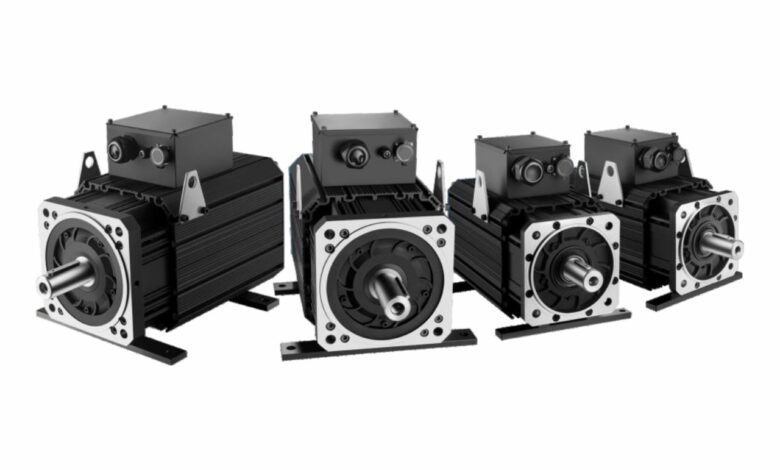How to Select the Best Servo Motor and Drive for Your Project Needs

In today’s rapidly advancing technological world, selecting the right servo motor and drive for a project is critical to achieving optimal performance. Whether you’re developing a robotic application, a conveyor system, or any motion control task, choosing the best components can make or break the effectiveness of your system. This guide walks you through essential considerations for selecting the best servo motor and drive for your project needs.
1. Understanding Servo Motors and Drives
Servo motors are specialized motors that provide high precision in controlling angular or linear position, speed, and torque. Paired with a servo drive, which provides the power and control logic, these components allow for smooth and accurate movements. Together, the motor and drive work to achieve highly controlled, consistent operations.
2. Define Your Project Requirements
Before diving into the specifics, have a clear understanding of what your project demands. Here are a few questions to ask yourself:
- What load does the motor need to move? Calculating the weight, dimensions, and inertia of the load will give you an idea of the power requirements.
- What kind of speed and torque is required? Determining the maximum and minimum speeds, along with the required torque, is essential for selecting a suitable motor.
- How precise does your application need to be? Knowing your tolerance levels can help you decide on a motor with adequate control for smooth and accurate positioning.
3. Consider the Types of Servo Motors
Different types of servo motors serve various applications:
- AC Servo Motors: Commonly used in industrial applications, these motors are known for durability, high-speed capability, and energy efficiency.
- DC Servo Motors: Suitable for smaller applications and providing precise control, DC motors can be a great choice for robotics and hobby projects.
- Stepper Motors: Though technically not servo motors, stepper motors are useful in applications requiring precise movement without feedback systems.
Understanding the basic differences can help you narrow down your choices.
4. Matching Torque and Speed
Torque and speed are two of the most important factors when choosing a servo motor. The motor must have enough torque to handle the required load at the necessary speed without compromising accuracy. Calculations can be complex, but many manufacturers provide specifications and calculators to help you determine the right match based on your project’s needs.
5. Choosing the Right Servo Drive
A servo drive should complement the motor’s performance and meet specific power requirements. There are several types of servo drives to consider:
- Analog Servo Drives: Typically less complex and lower cost, analog drives are suitable for simple applications where fine control isn’t necessary.
- Digital Servo Drives: These drives offer more precise control and can process multiple signals simultaneously, making them ideal for complex applications.
- Pulse Width Modulation (PWM) Drives: PWM drives adjust voltage to control motor speed and direction, often used in robotics and automation.
When selecting a drive, ensure it’s compatible with your chosen motor type and aligns with your project’s power needs.
6. Take Environmental Conditions into Account
Environmental conditions, such as temperature, humidity, and exposure to contaminants, can impact a servo motor’s performance. Some motors are specifically designed to withstand harsh conditions, while others may require additional protection. Understanding the operational environment ensures the longevity and durability of your components.
7. Communication Protocols and Feedback Systems
Many modern servo motors and drives offer communication protocols like EtherCAT, CANopen, and Modbus for seamless integration into advanced systems. Additionally, feedback systems, such as encoders and resolvers, are critical for monitoring the motor’s position and making necessary adjustments for precise control. Evaluate which protocols and feedback options are suitable for your setup.
8. Efficiency and Cost Considerations
While the cost of the motor and drive is always a factor, efficiency should not be overlooked. A high-efficiency motor might have a higher upfront cost, but the energy savings over time can outweigh this initial expense, especially for continuous-use applications. Balancing cost and efficiency is key to a cost-effective and reliable solution.
9. Seek Expert Consultation
Given the complexity of servo systems, consulting with industry experts or manufacturers can be invaluable. They can provide guidance, assist with calculations, and even recommend products tailored to your requirements.
Final Thoughts
Selecting the right servo motor and servo drive is a crucial step that impacts your project’s performance, efficiency, and cost-effectiveness. By carefully analyzing your project’s specific needs and taking into account factors like torque, speed, environmental conditions, and communication protocols, you can make a well-informed decision.





